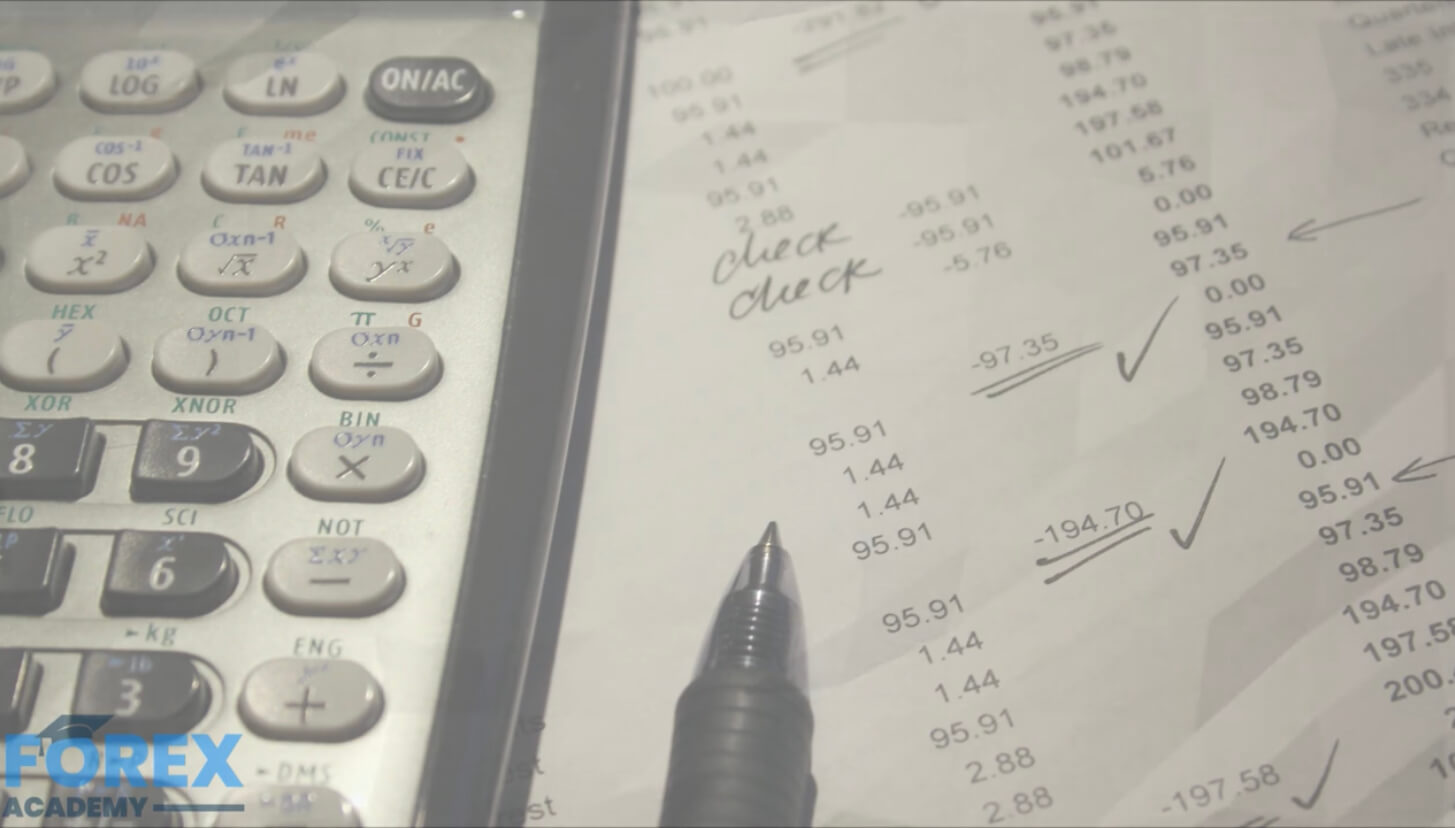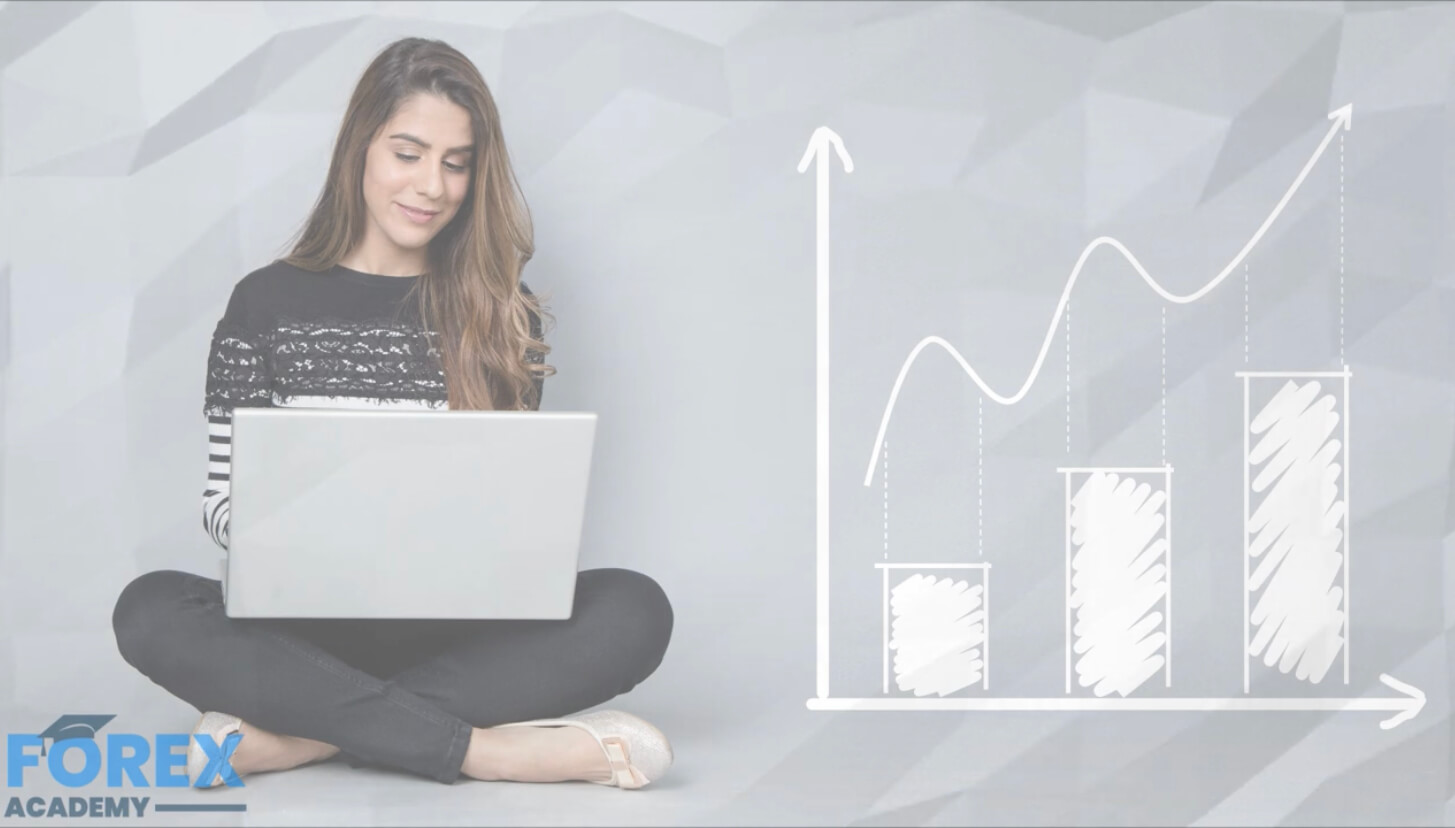The Golden Rules of Trading -II

In part I of the Golden Rules of trading, we have developed the rules to accomplish the well-known rule of “cut your losses short and let your profits run.” In part II, we will discuss the next rule.
5.- Understand your trading strategy or system in terms of average, standard deviation, and Drawdown.
Any system or strategy produces a stream of results. These results can be expressed in terms of Multiples of a standard measure of risk, R. The denominator of the Reward/risk ratio. By applying statistical computations to these results, we will be able to obtain its average and standard deviation.

The Average
The average, when obtained from R-based results, is the mathematical expectation (E), and it will tell the expected gain (on average) for every trade in terms of R.
For example, if your E is 0.25, it tells you that your system delivers an average of 0.25 cents on every dollar risked. If your risk is $100 on each trade, your system will produce an average of $25 on every trade. Thus, if your system gives you six signals daily, 120 signals monthly, you will know that your monthly results will be $3,000 on average. But this result was made using $100 risk on all trades. If you were able to raise the risk to $200, you would double the results to $6,000 monthly. Thus, knowing the expectancy E of your strategy is key to define your profit objectives as a trader.
Variability of Results:
The Standard Deviation
The standard deviation (SD) is the other side of the knowledge. It tells you how much your results vary. It tells the risk side of your system. A small standard deviation tells you that the results do not vary much. A large figure will tell you that your results can be substantially different.
Let’s suppose a trader has a system with 0.25R E, but the SD is 4. After 30 trades, the expected gain will be 7.5R, but since it has a huge variability, that trader will have less than 50 percent probability of being profitable.

Drawdown
Drawdown is a metric that will tell the trader how much of its trading capital is risked in, long term. Drawdown is related to position sizing, but if we create risk-based statistics, it can be normalized.
To compute an approximation to the max Drawdown, we need just one value: the average loss, which, as said, is normalized to R.
Drawdown is closely related to losing streaks; thus, an approximation to it is to compute max losing streaks. We can define a max losing streak for a trading system as streak with a probability of occurrence of no more than one percent. That will catch 99% of all streaks.
The probability if a repeated event is an individual probability multiplied by itself n times, being n the number of the repetitions.
For example, the probability of obtaining two tails on a coin toss (50% chance each) is 0.5×0.5 = 25%. The probability of getting four tails is 0.5×0.5×0.5×0.5 = 6.2%.
In a 50% chance game, a streak of six repeated events is 1.56%, and the probability of seven repeated events is 0.78%. If this was a trading system, I’d set my max losing streak to seven to ensure it will cover over 99% of my trading situations.
That means I would need to plan my position sizing for a 7-streak event.
That will cover 7xR Drawdown.
Position size
How is this related to Position size? A max drawdown figure is a key decision for a trader. How much of your capital are you willing to lose before quitting? The answer is directly linked to the ideal position size.
Let’s assume Angie is not willing to lose more than ten percent of her capital, while Bob is willing to accept 50 percent. And let’s assume both are using the same 50% winner system with 1,000 USD in his trading account.
For Angie 7R = 10%, then her risk per trade should be 10%/7 = 1.43% of her account balance.
For Bob 7R = 50%, thus his risk per trade will be 50%/7 = 7.14% of his account balance.
We see that this will define the results, as well. The same system, when using different position sizes, will deliver quite different results.
If the system gives 120R monthly, on a trading account balance of $1,000, Angie will get about $1,714 while Bob will get $8,571.
Now we understand the importance of knowing our system and its parameters. This knowledge will provide us with the needed information to make important decisions and plan our trading objectives.





